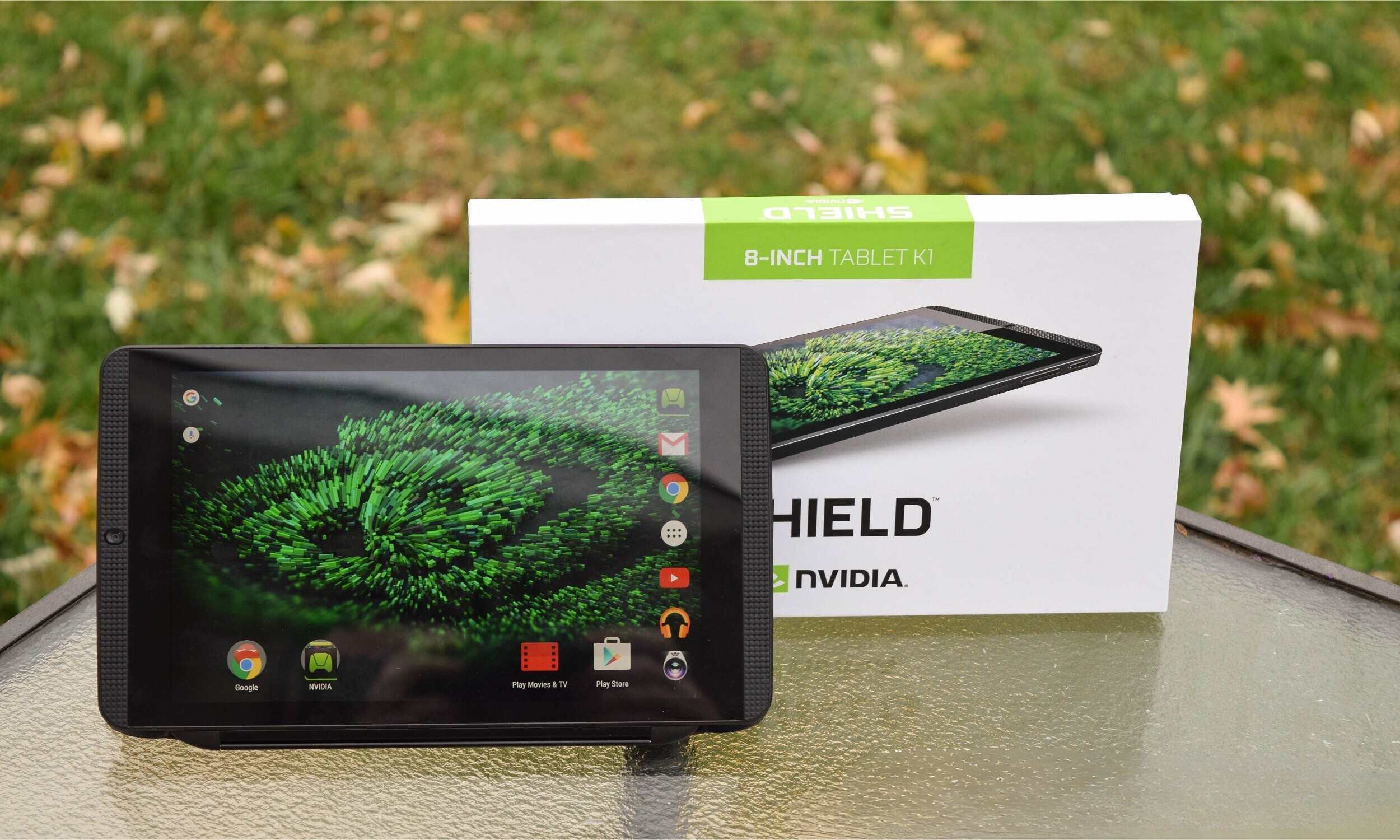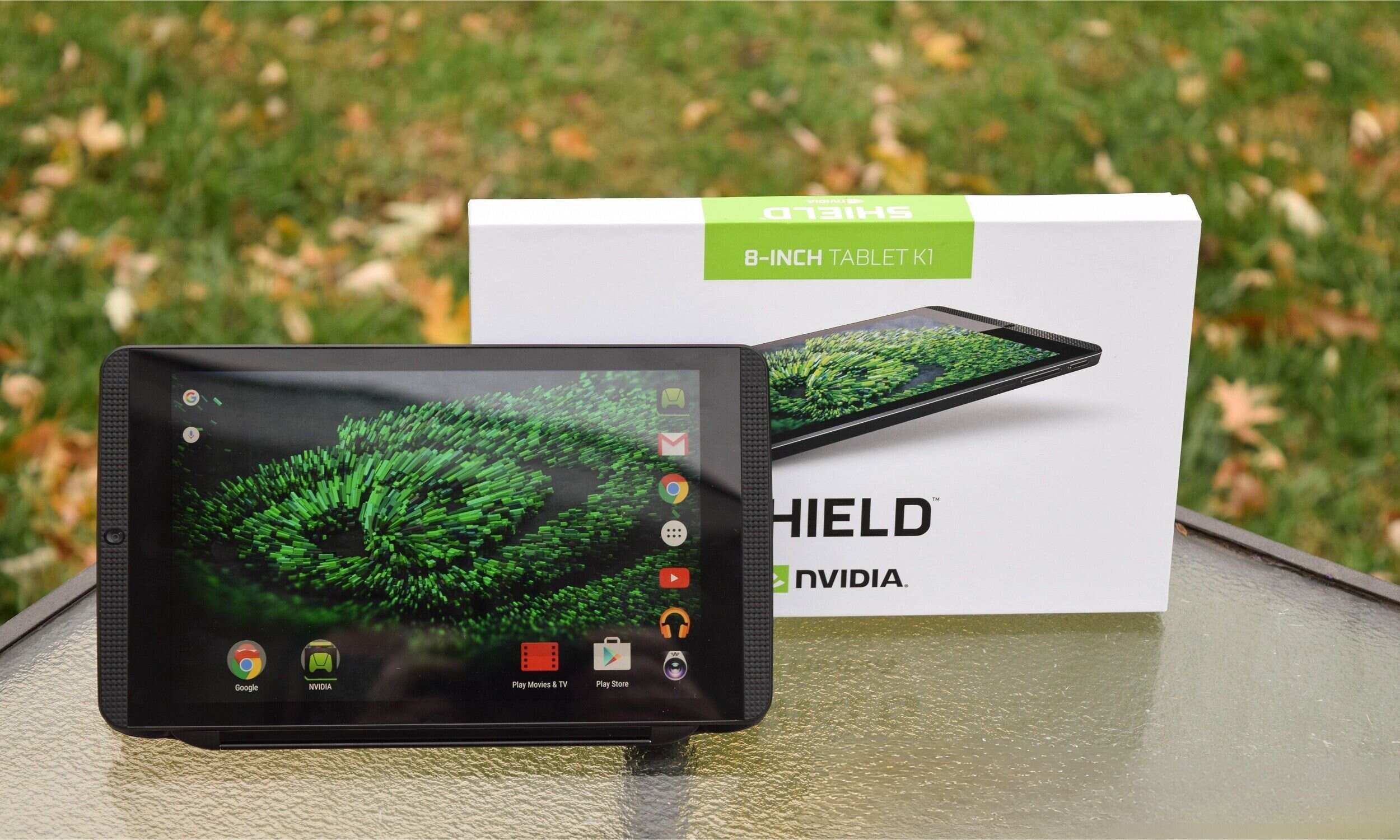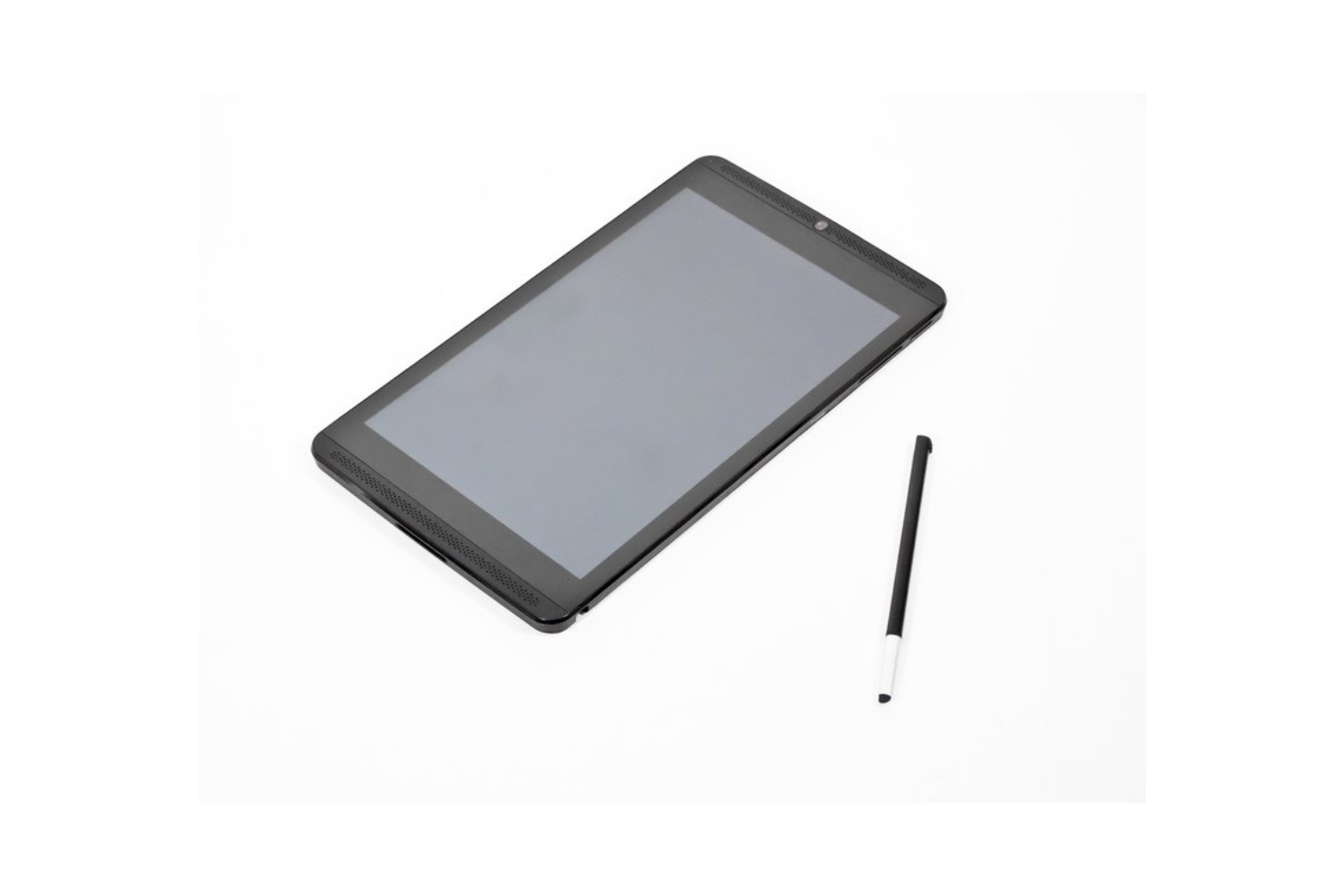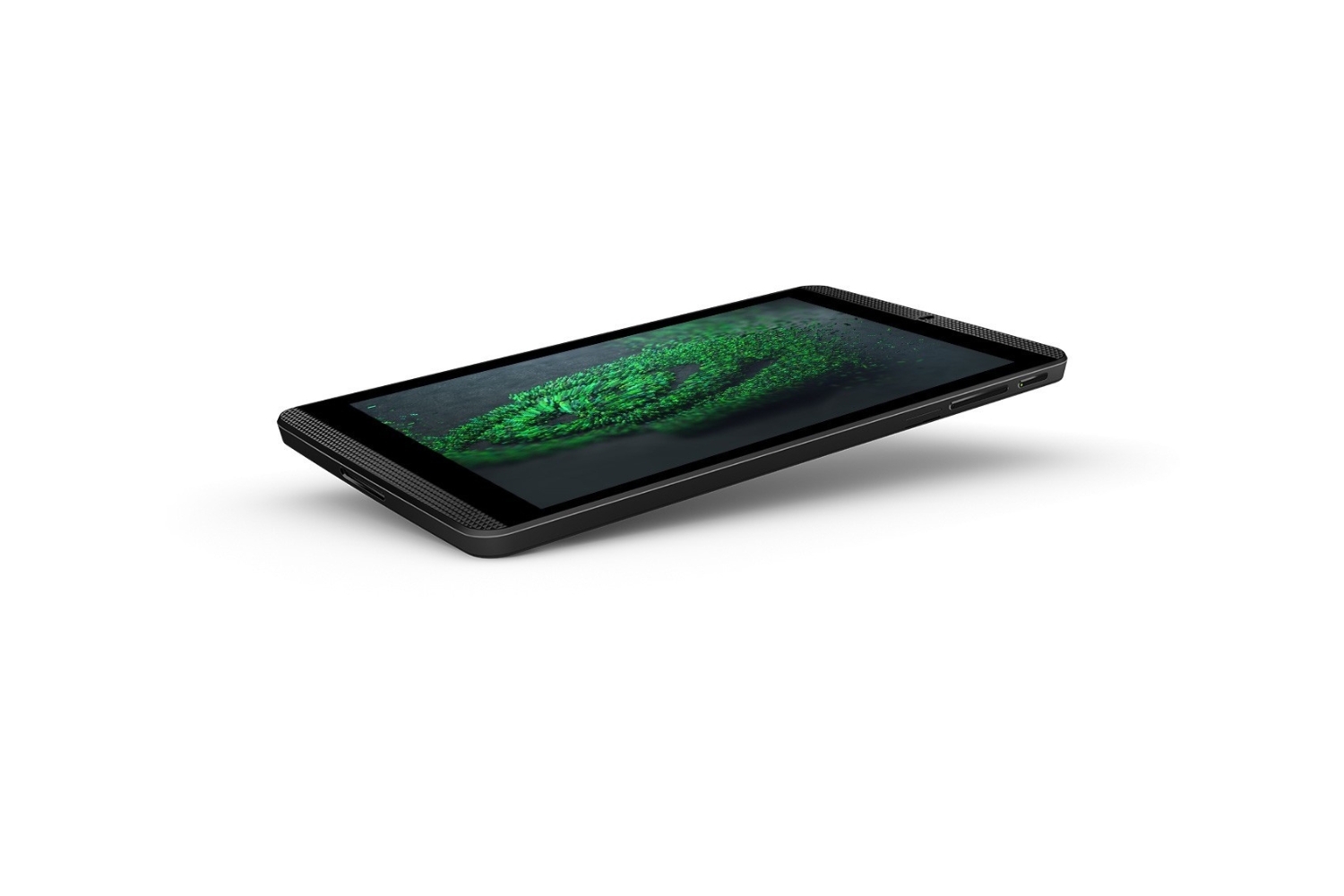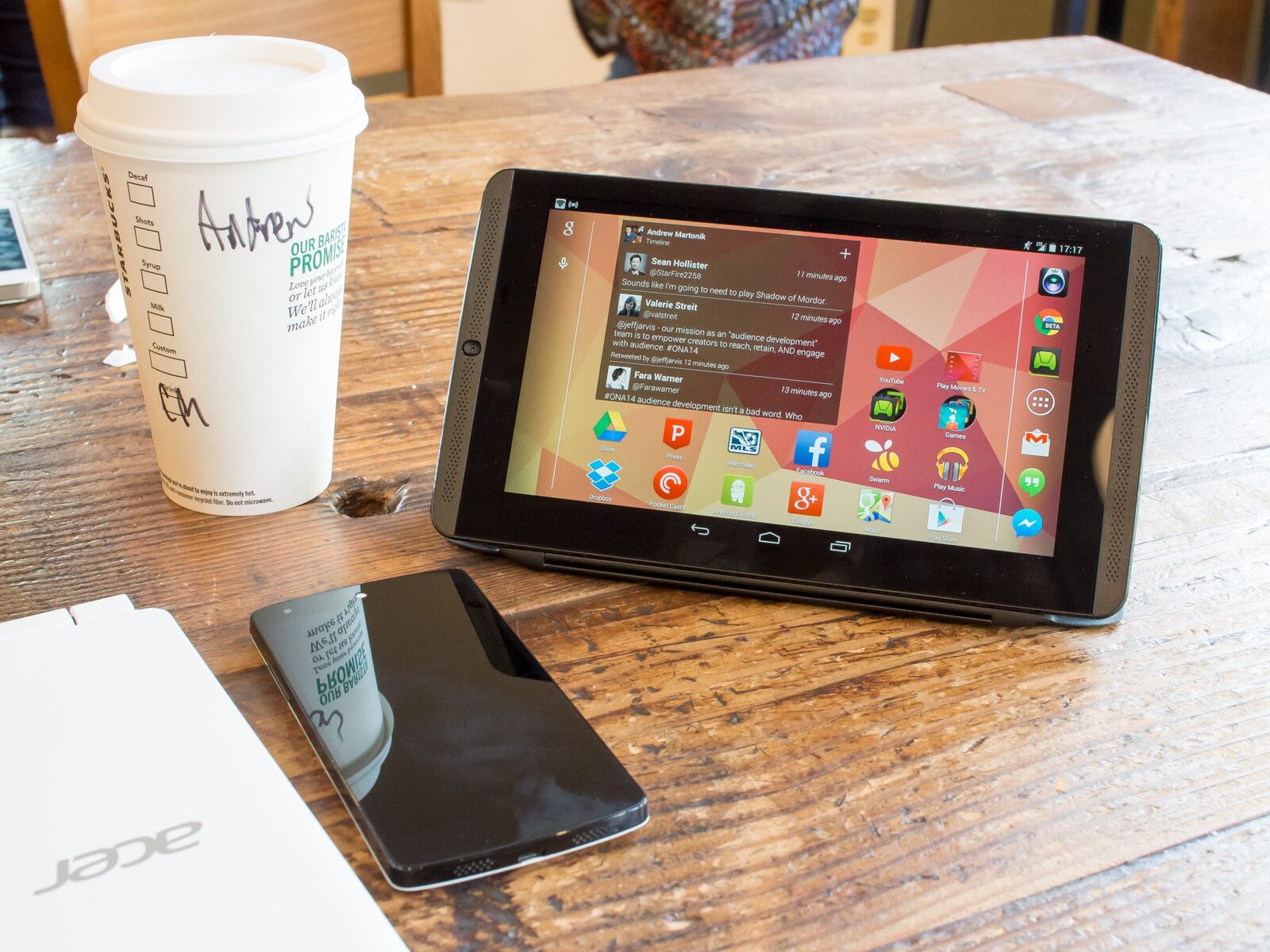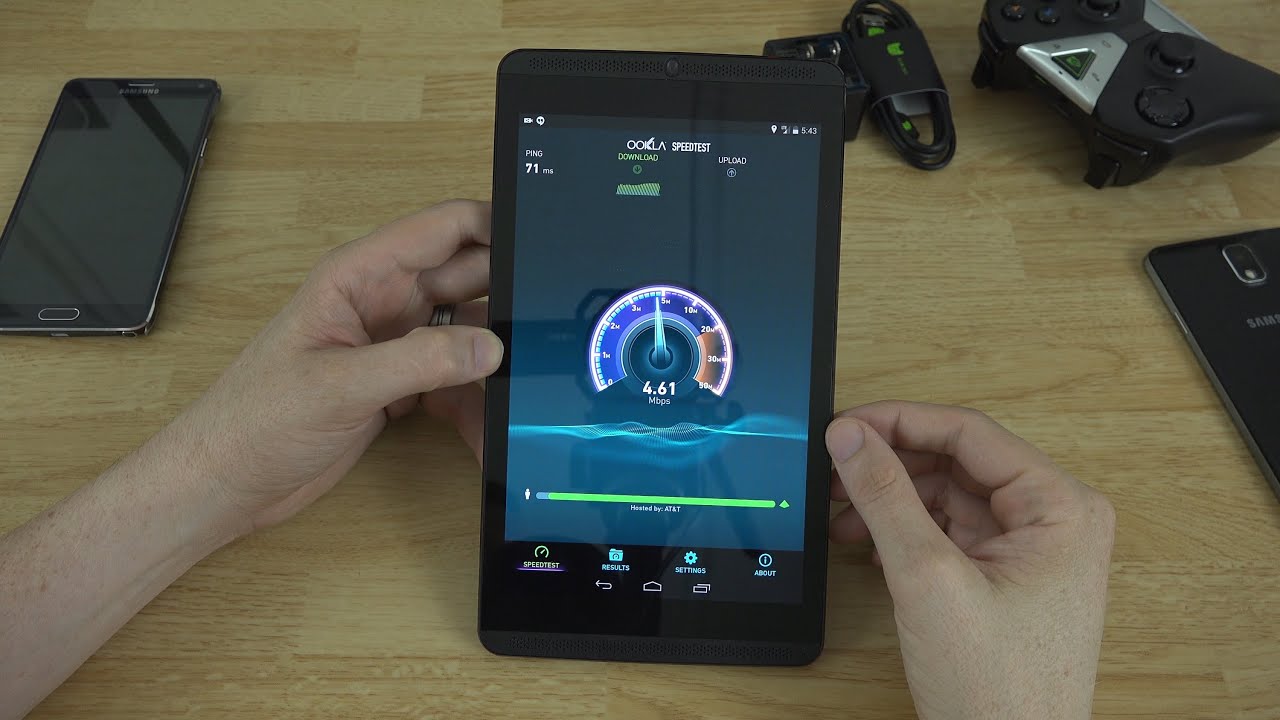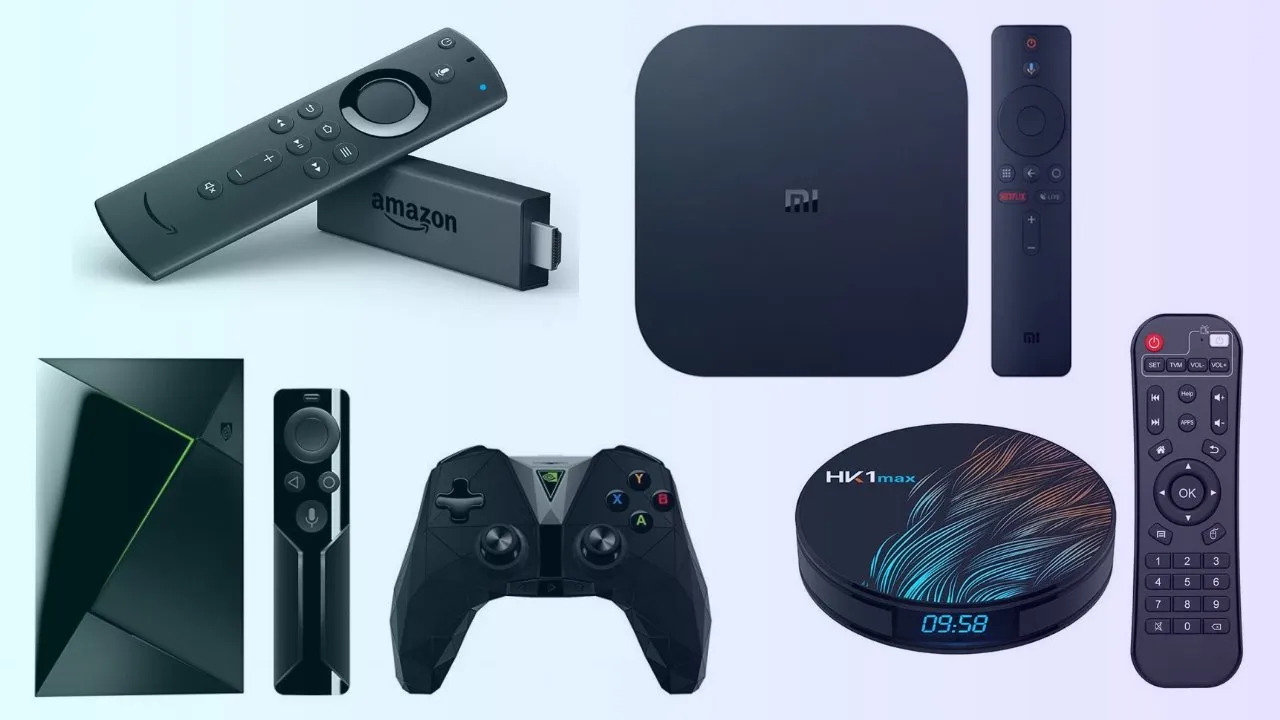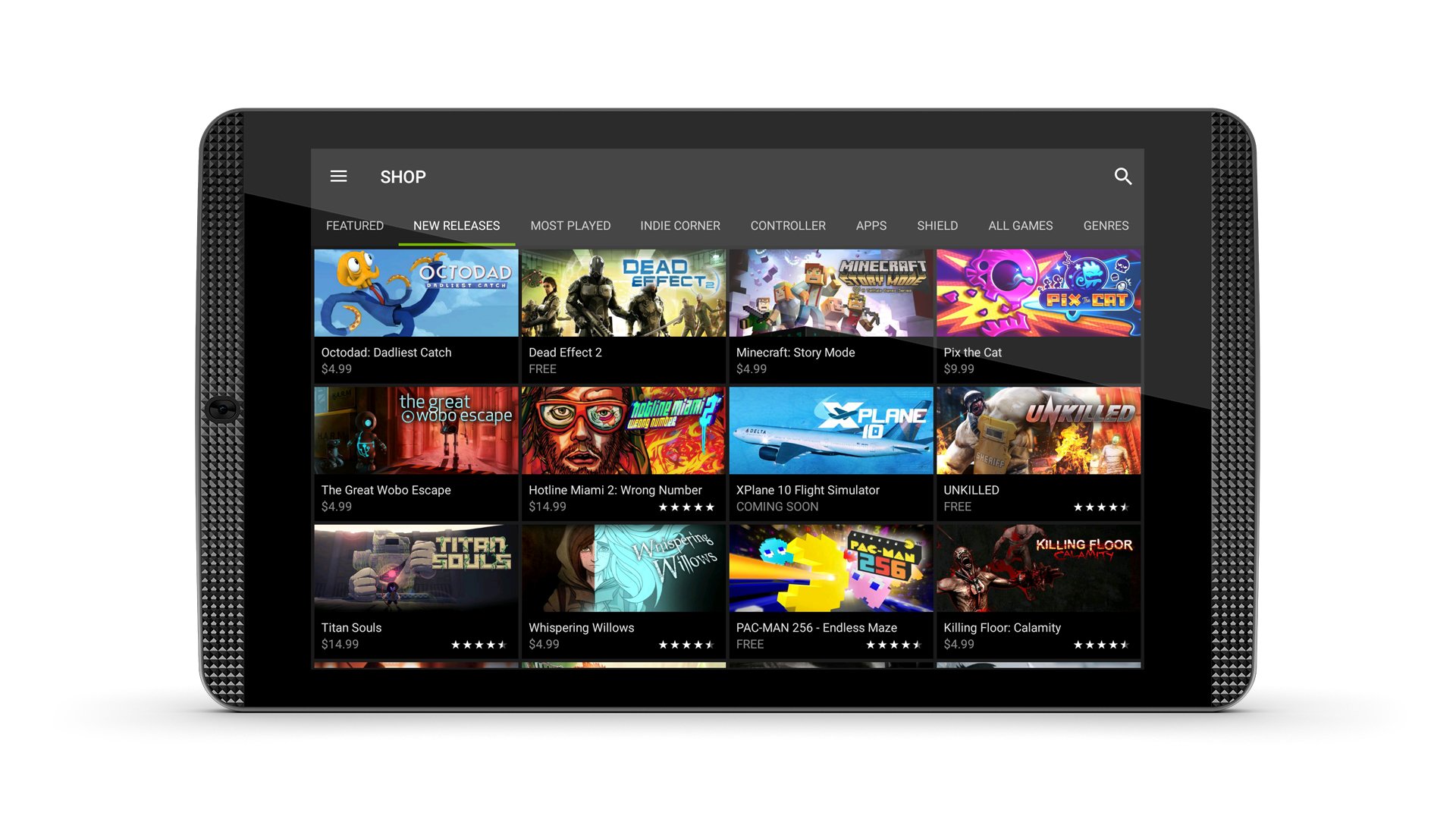Introduction
The Nvidia Shield Tablet is a popular Android device known for its impressive graphics performance and gaming capabilities. Whether you’re a gamer, a content creator, or simply a tablet user, at some point, you may need to capture and save screenshots on your Nvidia Shield Tablet. Screenshots can be useful for sharing funny moments, capturing important information, or troubleshooting technical issues.
In this article, we will explore various methods to take screenshots on your Nvidia Shield Tablet. We will cover both the built-in options and some additional customization settings to enhance your screenshot experience. Whether you prefer using physical buttons, the navigation bar, quick settings, or even voice commands with Google Assistant, we’ve got you covered! We will also address common troubleshooting issues that may arise when taking screenshots.
Taking screenshots on your Nvidia Shield Tablet is a straightforward process once you know the right techniques. With a few simple steps, you’ll be able to capture and save screenshots of your favorite games, apps, messages, or anything else you find interesting or valuable.
Without further ado, let’s delve into the different methods available for taking screenshots on your Nvidia Shield Tablet. Whether you’re a seasoned user or new to the device, we’ve got helpful tips and tricks to ensure you can easily capture those awesome moments with just a few taps or clicks!
Using Physical Buttons
One of the simplest and most commonly used methods to capture a screenshot on your Nvidia Shield Tablet is by using the physical buttons on the device. Here’s how you can do it:
- Open the screen you want to capture and ensure it’s displayed in full view on your tablet.
- Locate the Volume Down button and the Power button on your tablet. The Volume Down button is usually located on the left side of the device, while the Power button is typically found on the right side.
- Press and hold the Volume Down button and the Power button simultaneously for a couple of seconds.
- You’ll see a brief animation or hear a shutter sound indicating that the screenshot has been successfully captured.
- Release the buttons and navigate to the Gallery or Photos app on your Nvidia Shield Tablet to find the captured screenshot. It should be saved in the Screenshots folder.
The physical button method is convenient as it allows for a quick and intuitive way to capture screenshots. However, it may require some practice to press the buttons simultaneously without accidentally triggering other functions. Make sure to press and hold the buttons firmly, but be careful not to apply too much pressure to avoid any damage to your tablet.
It’s worth mentioning that the position of the physical buttons may vary slightly depending on the model of your Nvidia Shield Tablet. If you’re having difficulty locating the Volume Down button or the Power button, consult the user manual or the manufacturer’s website for specific instructions tailored to your device.
Using Navigation Bar
If you prefer a touchscreen method for taking screenshots on your Nvidia Shield Tablet, you can utilize the navigation bar feature. Follow these steps to capture a screenshot using the navigation bar:
- Ensure that the screen you want to capture is open and visible on your tablet.
- Locate the navigation bar at the bottom of the screen, which typically contains the Back, Home, and Recent Apps buttons.
- Tap on the Recent Apps button (the square or rectangular icon) to view the list of recently used apps.
- Look for the Screenshot button among the options presented in the list of recent apps. It is usually denoted by a camera icon or labeled as “Screenshot.”
- Tap on the Screenshot button, and your Nvidia Shield Tablet will capture the current screen instantly.
- You will receive a notification indicating that the screenshot has been saved.
The navigation bar method is ideal for those who prefer a touchscreen-based approach. It eliminates the need to press physical buttons and provides a more intuitive way to capture screenshots. However, please note that the availability of the Screenshot button on the Recent Apps list may vary depending on the version of the Nvidia Shield Tablet and the software installed. If you cannot find the Screenshot button, you may need to explore alternative methods discussed in this article.
Once you have captured a screenshot using the navigation bar, you can find it in the Screenshots folder of the Gallery or Photos app on your Nvidia Shield Tablet. From there, you can edit, share, or delete the screenshot as needed.
Using Quick Settings
Another convenient method to take screenshots on your Nvidia Shield Tablet is through the Quick Settings panel. Here’s how you can do it:
- Ensure that the screen you want to capture is displayed on your Nvidia Shield Tablet.
- Swipe down from the top of the screen to open the Notification Shade.
- Swipe down again to fully expand the Quick Settings panel.
- Locate the Screenshot icon in the Quick Settings panel. It is typically represented by a small phone or tablet screen with a rectangle.
- Tap on the Screenshot icon, and your Nvidia Shield Tablet will instantly capture the current screen.
- A notification will appear, indicating that the screenshot has been saved.
The Quick Settings method offers a quick and easy way to access the screenshot functionality on your Nvidia Shield Tablet. It eliminates the need to navigate through multiple menus or press physical buttons. However, please note that the arrangement of icons in the Quick Settings panel may vary slightly depending on your tablet’s software version and customization settings. If you cannot find the Screenshot icon, you may need to customize the Quick Settings panel to include it.
Once the screenshot is captured, you can find it in the Screenshots folder of the Gallery or Photos app on your Nvidia Shield Tablet. From there, you can view, edit, share, or delete the screenshot to suit your needs.
Using Google Assistant
If you prefer a hands-free approach to taking screenshots on your Nvidia Shield Tablet, you can utilize the power of Google Assistant. Here’s how you can do it:
- Make sure your Nvidia Shield Tablet is unlocked and on the screen you want to capture.
- Activate Google Assistant by saying “OK Google” or by holding down the Home button.
- Once Google Assistant is activated, say the command “Take a screenshot” or “Capture the screen.”
- Google Assistant will capture the current screen and provide a confirmation message or sound.
Using Google Assistant to take screenshots on your Nvidia Shield Tablet offers a hands-free and voice-activated alternative. This is particularly useful if you have your hands full, or if you prefer not to navigate menus or press buttons. Keep in mind that your Nvidia Shield Tablet must have the Google Assistant feature enabled, and you must have an active internet connection for this method to work.
After the screenshot is taken, you can find it in the Screenshots folder of the Gallery or Photos app on your Nvidia Shield Tablet. From there, you can edit, share, or delete the screenshot as needed.
Customizing Screenshot Settings
On your Nvidia Shield Tablet, you have the option to customize various settings related to screenshots. These customization options allow you to tailor the screenshot experience according to your preferences and needs. Here are some settings you can explore:
- Screenshot Sound: By default, your tablet plays a shutter sound when capturing a screenshot. If you find this sound disruptive or prefer a quieter experience, you can disable the sound through the tablet’s settings.
- Screenshot Delay: Sometimes, you may want to capture a specific moment on your screen that requires a small window of time. Your Nvidia Shield Tablet allows you to set a delay before the screenshot is taken. This setting can usually be found in the screenshot settings menu and enables you to capture time-sensitive content more accurately.
- Screenshot File Format: By default, screenshots are saved in the PNG (Portable Network Graphics) file format. However, you may want to change the file format to JPG (JPEG) if you prefer smaller file sizes or compatibility with specific platforms or applications.
- Screenshot Storage Location: If you prefer organizing your screenshots in a specific folder or saving them to an external SD card, you can customize the storage location in your tablet’s settings. This allows for easier access to your captured screenshots and helps you keep them organized.
- Screenshot Editing: Some Nvidia Shield Tablet models come equipped with built-in screenshot editing features. These features allow you to crop, annotate, or add text to your screenshots directly within the native gallery app. If these editing options are available on your device, explore and experiment with them to enhance your screenshot experience.
Customizing the screenshot settings on your Nvidia Shield Tablet can enhance your efficiency and personalization when capturing and managing screenshots. The exact location and options may vary depending on your tablet’s software version and manufacturer customization. Take some time to explore the settings menu on your tablet to discover the full range of customization options available to you.
Troubleshooting Common Issues
While capturing screenshots on your Nvidia Shield Tablet is typically a straightforward process, you may encounter some common issues along the way. Here are a few troubleshooting tips to help you overcome these problems:
- No Screenshot Folder: If you cannot find the Screenshots folder in your Gallery or Photos app, it is possible that the folder is hidden or has been accidentally deleted. In such cases, you can create a new folder named “Screenshots” and ensure that your tablet saves screenshots in that location.
- Low Storage Space: If you’re unable to capture screenshots due to low storage space, consider deleting or transferring unnecessary files to free up storage. Additionally, you can set your tablet to automatically store screenshots on an external SD card if available.
- Partial or Blank Screenshots: If your captured screenshots appear partially or completely blank, it may be due to a temporary glitch or an issue with the app or game you’re trying to capture. Try capturing the screenshot again, ensuring that the screen is fully loaded before taking the screenshot.
- Volume Down Button Not Working: If the Volume Down button on your Nvidia Shield Tablet is not functioning correctly, you can try using alternative methods such as the navigation bar, quick settings, or Google Assistant to capture screenshots. If the button continues to malfunction, consider seeking technical support or getting the button repaired.
- Unable to Activate Google Assistant: If you’re having trouble activating Google Assistant to take hands-free screenshots, ensure that it is enabled in your tablet’s settings. You may also need to update the Google app or troubleshoot your internet connection if Google Assistant is not responding as expected.
If you continue to experience difficulties with capturing screenshots on your Nvidia Shield Tablet, it is recommended to check the official support website or contact the customer support of Nvidia for further assistance. They will be able to provide personalized guidance and troubleshoot any specific issues you may be facing.
Conclusion
Taking screenshots on your Nvidia Shield Tablet is a powerful feature that allows you to capture and preserve important moments, troubleshoot technical issues, and share interesting content with others. Throughout this article, we’ve explored various methods to take screenshots on your tablet, including using physical buttons, the navigation bar, quick settings, and even utilizing Google Assistant for hands-free capture.
By familiarizing yourself with these different methods, you can choose the one that suits you best based on your preferences and needs. Whether you prefer the convenience of physical buttons, the simplicity of the navigation bar, or the versatility of Google Assistant, capturing screenshots on your Nvidia Shield Tablet has never been easier.
Additionally, we discussed how you can customize screenshot settings to tailor the experience to your liking. Whether it’s modifying the file format, adjusting the storage location, or exploring built-in editing features, you can make the screenshot process more efficient and personalized.
Lastly, we provided troubleshooting tips for common issues you may encounter while capturing screenshots. By following these tips, you can overcome obstacles such as missing folders, low storage space, partial or blank screenshots, malfunctioning buttons, or difficulties with Google Assistant activation.
Now armed with the knowledge and techniques discussed in this article, you have the tools to easily and effectively capture and manage screenshots on your Nvidia Shield Tablet. Whether you’re a gamer, content creator, or casual tablet user, taking screenshots is a valuable skill that allows you to document, share, and remember important moments in your digital journey.









